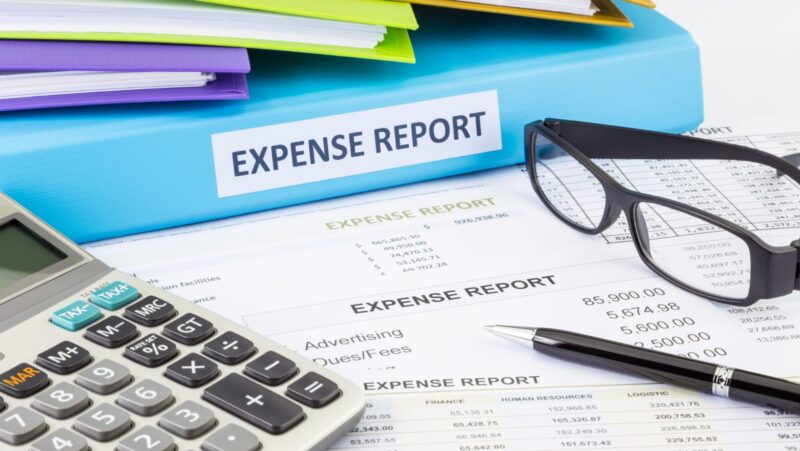
The cost of living seems to rise constantly, leaving millions of people worldwide wishing they had more disposable income. Having disposable income and financial freedom removes a lot of stress and allows you to focus on other areas of your life. Whether you are saving for a dream vacation, looking to pay off debts, or want more money at your disposal, numerous practical strategies can help you achieve your financial goals. We are about to explore six steps that can boost your disposable income.
Generate Additional Income
Earn more or spend less are the two main ways to increase your disposable income; let’s briefly cover the first of those two things. Always look for opportunities to generate additional income outside of your regular job. Consulting, freelancing, the gig economy, and part-time jobs are all excellent options for increasing your take-home pay. Many people take on driving jobs in their spare time, like delivering for Amazon or taxiing for Uber or Lyft.
The rise of the internet has created numerous opportunities for side hustles. There are betting apps with free bets no deposit required, and you can sell products online or try to monetize a hobby or project. Some websites offer cash payments in exchange for answering surveys in your spare time. The possibilities are endless; you just need to set your mind to it.
Budget Effectively and Track Your Spending
Not everyone is in a position to work additional hours, especially if they have young children or other loved ones to look after. If that describes you, your first step to having more disposable income should be creating a comprehensive budget.

Tracking your monthly income and expenses allows you to gain better control over your finances. It can also identify potential leaks in your outgoings, such as paying over the odds for certain products or services.
Reduce Unnecessary Expenses
It is highly probable you will discover you are spending too much on unnecessary items, products, or services once you go through your expenses with a fine-toothed comb. It is vitally important to differentiate between needs and wants. Needs are expenses you cannot live without, such as rent or mortgage payments, while wants are things you desire, but it would not be the end of the world if you went without them.
You may like to grab a $3 Starbucks coffee on your way to work when you could easily make one when you arrive or enjoy one before you start your commute. Spending $3 does not seem like a significant expense, but multiply that by five days per week ($15), then by 50 weeks per year, and you are spending $750 annually on that one takeout coffee. You would not say no to someone offering you $750 for free, would you?
Negotiate Bills and Contracts
Don’t be afraid to negotiate your bills and contracts because you could be surprised at some companies’ offers. Cable and internet bills can often be reduced by threatening to leave for a rival company. Similarly, never accept an insurance renewal quote, even if it looks good on paper. Use one of the many price comparison sites, shop around, contact each company, and play them off against one another. You will often end up paying much less than your current company initially offered.

Speaking to your mortgage provider about switching mortgages is worthwhile. There have not been many good deals recently due to soaring interest rates, but you can always open negotiations and see if there are any offers out there. Saving even a seemingly paltry $30 a month adds up to $360 per year and thousands of dollars over a typical mortgage term.
Pay Off High-Interest Debt As Soon As Possible
Credit card balances and other high-interest debt can significantly drain your disposable income. The interest payments on these short-term debts can accumulate quickly and eat into your finances, mainly if you are in the habit of making the minimum payment or a figure close to the lowest the provider accepts.
Employing a debt snowball or debt avalanche method is a great way to get your debt under control. Focus your attention on repaying the balance with the highest interest rate while continuing to pay the other balances. Once the card with the highest interest is paid off, add the money you used to repay that balance on the next highest interest balance in addition to what you were already paying. Paying off a balance and closing that account is a great psychological boost, and you will find your debt levels diminish much quicker.
Plan For Your Retirement
You may think it is counterproductive to funnel away funds for your retirement, but planning for your retirement is a strategic way to increase your disposable income in the long term. Contributing to a retirement account like a 401(k) or an IRA can reduce your taxable income today while ensuring a financially secure future.
Once you hit retirement age, it is unlikely that you will want to take on a part-time job or want to cut back on certain luxuries because you have worked 40-plus years to reach this stage of your life, which you should be enjoying to the maximum. A solid retirement pot will help you have a fulfilling retirement with few money worries.
Conclusion
Increasing your disposable income requires awareness, discipline, and a strategic approach. If you are fortunate enough to increase your take-home pay by further educating yourself and earning more money from increasingly well-paying jobs or by taking on a second job in your spare time, you are halfway there.
However, even if you earn a large salary, it is worthwhile to look into your expenses and see if you are overpaying for services or spending far too much money on dining out or other such wants.
Making smart financial decisions like reducing debt helps free up more income for savings, investments, and the things that truly matter to you. It takes time and effort, but then the best things in life usually do.










